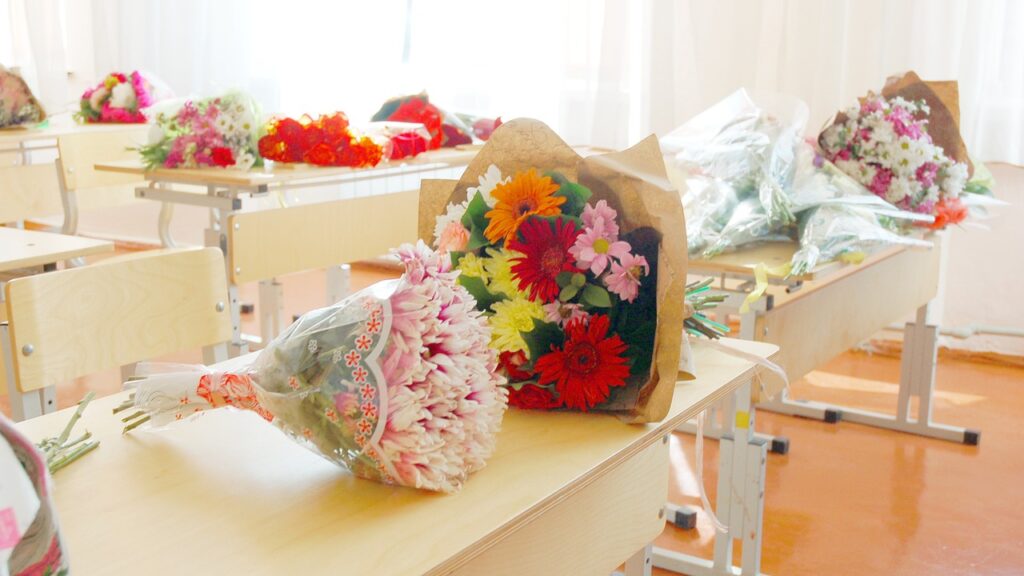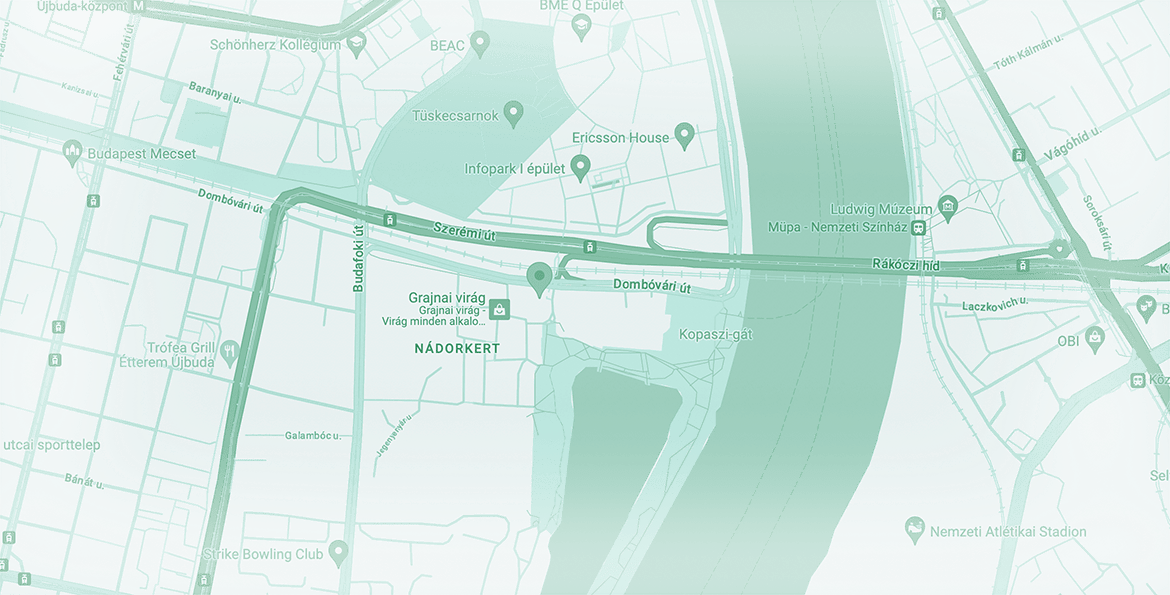
Ballagás: the Hungarian take on the high school graduation ceremony
Graduating from high school is a big milestone in life, which has to be celebrated. Of course, Hungarians have their own way of doing it: in a formal event, when students tour the school building together one last time, and then they are congratulated by their teachers, family, and friends. Read on to learn how that works.
Graduating from high school is a big milestone in life, which has to be celebrated. Of course, Hungarians have their own way of doing it: in a formal event, when students tour the school building together one last time, and then they are congratulated by their teachers, family, and friends. Read on to learn how that works.
The Hungarian term is Ballagás
Ballagás translates to “walking slowly and leisurely”, “strolling”, or “ambling”. This is very apt, considering that one of the main elements of a high-school graduation ceremony is students forming a line and making a procession through the school building as if to say goodbye to it.
Mind you, the Hungarian word is used not only for high school graduation, but also for graduating from middle school and from kindergarten. This is due to the structure of the Hungarian education system. Kindergarten is the first stop of compulsory education, then primary school and middle school is typically managed within one institution, after which there must be a switch to high school. Accordingly, the milestones of compulsory education are as follows:
- Finishing kindergarten (age 6)
- Finishing middle school (grade 8, age 14)
- Finishing high school (grade 12, age 18)
For graduating students, high school finishes early
High school education normally ends in exams necessary for obtaining a high school diploma. However, education itself is considered complete before the final exams, and a ceremony is held to celebrate this achievement. In line with this, the high school graduation ceremony is not held at the end of the school year (which is in early or mid-June), but when school finishes for graduating students (early or mid-May; in 2023, after the first week of May). The event is normally held on or right after their last school day, a Friday afternoon, or possibly Saturday morning. The final exams will start the following Monday.
Rite of passage when graduating from high school
After lessons are done for the day, the school is decorated with garlands of flowers and colorful papers. While guests gather in the yard or in the gym, graduating students gather in their classroom, from where the tour of the building will start. Other students are waiting for them in the corridors or in their classrooms, as if to say goodbye one last time. Once everyone has arrived, the graduating students start their procession through the building, visiting the rooms most important to them. They are walking single file, one hand on the shoulder of the person in front of them, following the banner of the school. They are carrying a small satchel on their shoulders that has some indispensable items “for the road”: salt, bread (in fact, “pogácsa”), some loose change, a lump of earth (wrapped), a photo of the school, and possibly a list of the classmates (these are typically prepared by younger students). In their free hands, they are also carrying gifts from their parents and friends, typically bouquets of flowers or balloons. While walking, they are singing songs about leaving school (you can listen to a sample of these here).
Once the procession passed a classroom or corridor, students positioned there go and join the other guests so they can greet the arriving procession together with performances and speeches. Sometimes the graduating students also say a few words to their head teacher or other favorite teachers, and give them flowers or other, thoughtful gifts to thank them for their work over the years. After the event, there might or might not be a party for the students.
Were you invited to someone’s high-school graduation?
If you were invited to someone’s school leaving ceremony, it is typical to bring them flowers they can carry around the school during the procession. The bouquet does not have to be too big, since they are probably receiving other bouquets from their family too. Other small gifts are also possible, which you may hand over after the ceremony.
At the event, everyone is wearing their “Sunday best”. For students, this can be their school uniform, or some similar, formal attire chosen for the event. In some cases, they might be wearing white button-down shirts or blouses with black pants or skirts, or suits (or the girls even cocktail dresses). As a guest, you should also opt for wearing some kind of semi-formal or formal attire. If you are not sure, feel free to ask the person who invited you; they will be able to tell you more about what to expect.
Other important customs related to high school graduation
At this point the final exams are still ahead of the graduating students. Once those are done, there will be one more, final event to say goodbye: the graduation banquet. After the final exams sometime mid-June, the students and their teachers have lunch or dinner together at a restaurant, now really for the last time. Since teachers are there, the event usually does not develop into a party (although this depends on a lot of factors).
Another important custom related to high-school graduation is the serenade: students visit their teachers in their homes and give them a serenade, singing songs under their windows. After the serenade, they are usually invited in for a chat and a few drinks (often alcoholic, since at age 18 and not on school premises students are allowed to drink). This custom can vary a lot from school to school: it can take place before or after the graduation ceremony, and students can visit every teacher in one night or spend one evening at each teacher. If logistics would be too complicated, the serenade can even be done at school.
How is the graduation ceremony different for younger students?
Graduation for middle schoolers is pretty much the same. However, it is not held in May but in June, at the end of the school year, and as such it is usually combined with the year-end ceremony of the school. Mind you, 8th graders have a graduation ceremony only if they are leaving the school; if they are attending a 12-grade school or a 6-grade high school, meaning they are coming back to the same school in September, it would make no sense for them to have a school leaving ceremony.
The kindergarten leaving ceremony is very similar, but it is scaled down to match the setting. There are fewer guests, fewer flowers, and fewer speeches. However, kids still get the chance to experience the importance of the event, celebrating reaching a new milestone in their young life.
How much of this sounds familiar?
How did you celebrate these milestones in your life? Would you have preferred the Hungarian way? If you have Hungarian parents or grandparents, you might have heard stories about their school years and their graduation. Moreover, if you have Hungarian parents or grandparents, you are also eligible for Hungarian citizenship, which opens new doors for you and your own children.
Want to see if you are eligible? Take the test now. It is completely free of charge, with no strings attached, and takes only a few minutes.
Was this article useful? Follow us on Facebook and never miss an update.
Contact
Get in touch today
Monday - Friday
9am - 5pm CET
Helpers Hungary Kft
Budapart Gate
Dombóvári út 27
Budapest 1117, Hungary
If you’re visiting us, please use entrance A and come to the 2nd floor.





